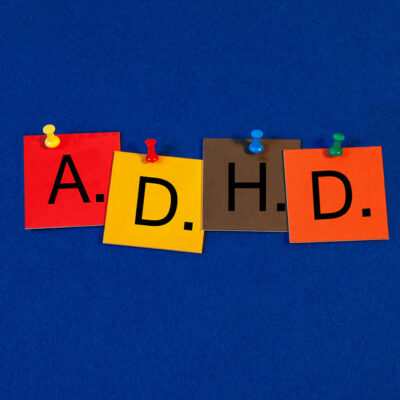
health
5 Common Triggers of Migraine
A migraine can cause a pulsating sensation or throbbing pain, often experienced on either side of the head. The other symptoms associated with migraine include extreme sensitivity to sound and light, nausea, and vomiting. It can impact your daily life and the pain might last for several days. Here are some of the common triggers of migraine: 1. Odors Some odors have an adverse effect on people who have a migraine problem. Some odors that can trigger a migraine attack are those of cigarette smoke, perfume, cleaning products, paint thinners, car exhaust, and gasoline. Clinical studies have shown that up to half of the people who suffer from migraines have high sensitivity to odors. The effect of odors is not consistent, and many people may not experience migraine headaches due to continued exposure to the same odor. The issue is caused because odors increase the activation of the specific pain receptors in the brain. The complete mechanism behind migraine occurrence is still not fully understood. However, it is well-known that the regions in the body that are directly involved with migraine attacks are the ones that also process odors. 2. Dehydration Dehydration is a common trigger for migraines. Anyone who has a migraine problem should drink enough water and keep the body hydrated.
Read More 















